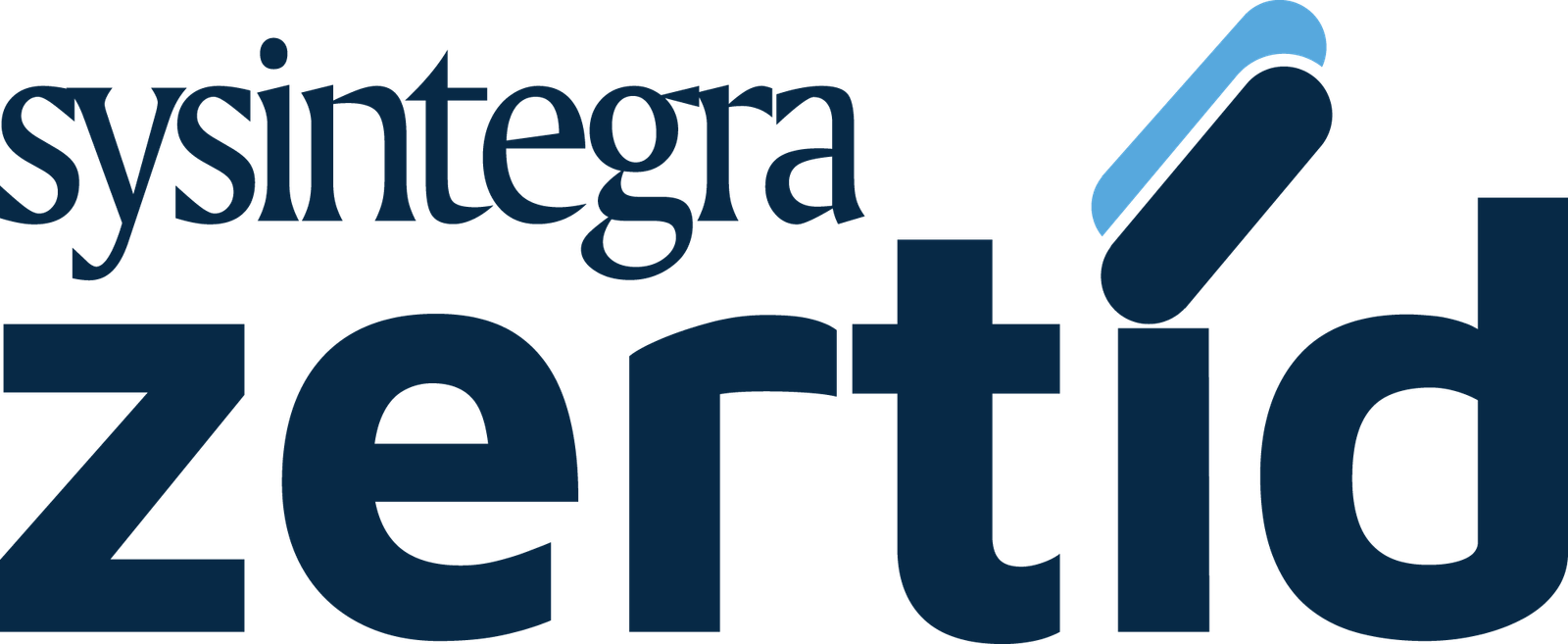
Originally published in Economic Times CISO: https://etciso.in/s/7cnww8j
Accelerated digital transformation coupled with increasing adoption of hybrid work culture continues to pave the way for unique business models across the world. Hyper-connected digital business environments place enterprises under immense pressure to deal with a staggering number of users across varied applications and platforms. Not surprisingly, a considerable number of enterprises are struggling to cope with this burgeoning proliferation of identities and systems.
While the last couple of years have witnessed tremendous improvements in access and identity management, it is a fact that enterprises continue to explore the latest in identity solutions designed to deliver a seamless and secular digital experience for users without compromising on the security of data and other digital assets of the enterprise.
Let’s take a look at emerging trends in IGA and IAM poised to spread its wings in 2022 and beyond to effectively assist enterprises in the management of crucial digital assets.
Cloud Based Identity Management
Enterprises have already enthusiastically embraced the cloud era with most of the resources scattered across multiple cloud providers. A cloud environment obviously necessitates the development and implementation of cloud IAM strategies. In the imminent future, cloud-based IAM and IGA solutions are expected to assist enterprises to efficiently scale multitudes of users and systems without a radical overhauling of their existing systems.
From the year 2022, a growing number of enterprises are likely to opt for cloud-based identity management solutions. This may either involve a total replacement of their legacy solutions or by adopting cloud-based solutions to complement their existing IAM and IGA infrastructure. Offering customized solutions for enterprises of all sizes and industries, cloud-based solutions offer unprecedented advantages including streamlined business processes, infinite scalability to the IT environment and consolidated digital asset management.
Continually adapting to meet industry requirements, IAM and IGA solutions on the cloud are rapidly evolving to include risk-based authentication, MFA and push notifications. The innovative concept of security as a service through identity as a service (IDaaS) is likely to gain traction in the next couple of years.
Zero Trust Across the Board
Zero Trust can hardly be termed as a novel concept or idea when the industry has been contemplating the reality of the shifting perimeter for almost two decades. It is, however, notable that Zero Trust gained prominence in 2020 when the pandemic situation resulted in a gradual disappearance of the physical parameter of corporate networks and employees commenced working remotely.
In the current scenario, enterprises are likely to find themselves at various phases of adoption and maturity with respect to Zero trust. However, the trend will gain momentum with a growing number of enterprises adopting Zero trust technical framework in the next few years. A study conducted by Okta suggests that every single recommended Zero trust project across the identity maturity curve will attain a minimum of 25% adoption by the year 2023. Interestingly, that number shoots up to nearly 40% for Forbes Global 2000 companies.
Integration of AI/ML into Enterprise Security
A hybrid working infrastructure inevitably involves significantly more data and application access points that in turn translate into generating a tremendous volume of activity. The manual approach has ceased to offer the expected levels of flexibility for IT and security teams. Subsequently, enterprises will turn to artificial intelligence and machine learning capabilities to enhance efficiency and automated processes.
It is important to note that the simplicity of defining roles and access requirements will no longer be valid as identity management evolves to incorporate non-human entities too. AI and ML capabilities will be invaluable in helping analyze and monitor patterns in real-time and highlight any anomalies.
Additionally, IAM solutions will effectively utilize AI and ML capabilities to provide an incredible employee experience. Chatbots empowered with AI capabilities have been designed to provide instant responses to employees, thereby cutting down response time and workload with the operations team.
Evolving Data Regulations
In addition to managing the deluge of demands from customers and users, enterprises these days have to simultaneously ensure that they comply with various regulations and governing bodies. Legal bodies in numerous countries around the world now specify tougher regulations for identity governance. These regulations contribute to creating a foolproof framework for mitigating security risk. Consequently, in 2022 and the succeeding years, enterprises will be seen striving to find a balance between uncompromising legislation and escalating consumer expectations.
Enterprises will be subject to more auditing, compliance reviews and mandatory reporting with the growing number of regulations and industry standards. Considering the manual and time-consuming nature of these processes, it will not be surprising to witness tech-savvy enterprises shifting towards IGA solutions that automate and simplify data collection, reporting and the review process.
Conclusion
Until recently, most enterprises considered IAM and IGA as a reaction to a security incident. However, over the last few years, enterprises have shifted their perception of IAM and IGA to a strategic priority. In spite of this progressive trend, there are still a considerable number of enterprises that regard IAM and IGA as one-time projects. These enterprises must however explore the rapidly developing significance of these technologies and treat them as a continually evolving initiative capable of helping achieve targeted goals along the way.

WRITTEN BY
Arun Nair
CEO at ZertID, Identity Security and NOW Platform Evangelist

